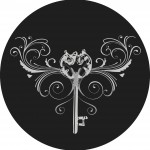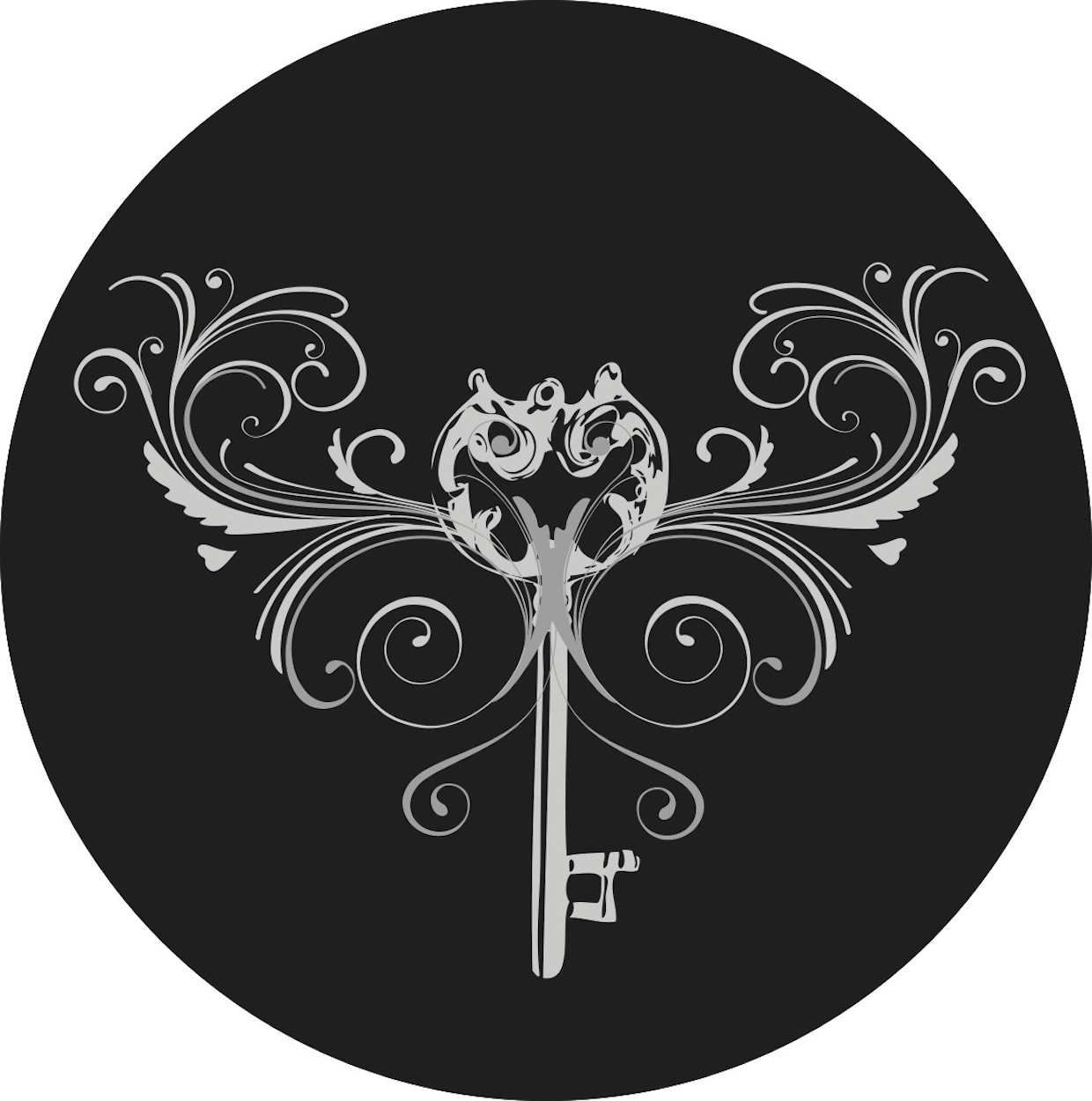
There is an emerging avenue of therapy known as Vagus Nerve Stimulation that has incredibly broad and powerful applications. Some of the ways it’s being used is in certain types of intractable epilepsy and treatment-resistant depression and you can read more about that here if you like.
But I’d like to share with you how I’ve used it to manage anxiety.
On The Verge Of Panic
This tip was actually given to me (and demonstrated by) an incredible physician Dr David Haase of Maxwell Clinic who specialises in several areas including brain-related disorders (anxiety being one of them!) and it was his knowledge in neuroelectrophysiology that served me well this time last year.
I had the privilege of speaking at the same event as him November 2016 in Marina Del Ray California on the Gut-Brain Relationship and – after international travel, lack of sleep, several very long days (and very short nights) my nervous system was in a state of alarm.
For a few days, over the course of the conference, I was in an adrenalised state and felt highly anxious. By the time the event wrapped up and we all headed out to dinner I felt like I was about to have a panic attack.
It was around the restaurant table, just after we’d placed our drinks order, that I felt like I was about to lose it completely. I discreetly made my exit plans known and went to say goodbye.
Dr Haase’s expertise is surpassed only by his kindness and, after explaining to him what was happening for me, he very gently asked me if I had tried stimulating my vagus nerve.
Huh?
Vagus Nerve Stimulation
Your vagus nerve runs through your torso (tummy, diaphragm, lungs) as well as your throat, inner ear, and facial muscles. This means that anything that changes or control the actions of these parts of the body can influence the functioning of the vagus nerve.
There are a number of methods by which your vagus nerve can be stimulated, either directly or indirectly, and they include:
- surgical implantation of a commercially available programmable pulse generator device (VNS device system) in the chest
- transcutaneous stimulation using a TENS machine
- humming, loud singing or gargling, conscious/controlled breathing exercises and even a valsalva manoeuvre
The easiest, and least socially awkward, way of accessing and stimulating your vagus nerve is a form of transcutaneous stimulation by stimulating a particular point on the ear.
The Chill Out Button

The outer ear is supplied by three sensory nerves including the auricular branch of the vagus nerve (ABVN) [1] – and the ‘cymba conchae‘ (where X marks the spot) is supplied exclusively by the ABVN.
When you stimulate this area you are targeting the cutaneous receptive field of the ABVN!
Method
It’s actually a very simple thing to do, and it works very quickly when you get the right spot. Here’s how to access and stimulate your own vagus nerve:
- you want to pinch the appropriate part of the ear (X marks the spot!) firmly between your thumb and forefinger – you want to feel pressure, but not feel pain
- gently rub your thumb and forefinger back and forth over this particular area
You may have to adjust your grip, pressure and location slightly until you get the right spot. For me, I know when I’m on it as it feels like my whole body just lets go of all the inner tension it’s experiencing – almost like a full body exhale. I also found using this method on my left ear had a much more profound effect than on my right ear. When I tried to do both at the same time, I didn’t really experience any benefit.
For me that night, the relief was instant. The feeling of a panic attack just evaporated, and all feelings of anxiety disappeared along with it. I did have to use this several times during the evening (and have gladly used it many times since!) but I was able to stay and enjoy a beautiful evening with incredible company and feel like normal person!
For anyone reading this who has struggled with anxiety or panic in the past, I hope you give this a go and it provides you with the same relief it did for me.
References:
[1] Ellrich J. Transcutaneous vagus nerve stimulation. Eur Neurological Rev. 2011;6(4):254–256.


